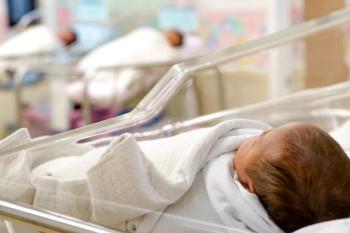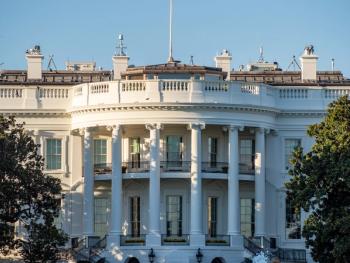
Children’s hospital profit levels hit lowest point in a decade
Pediatric facilities still face a challenging environment, according to Fitch Ratings.
Nonprofit children’s hospitals nationwide witnessed their profitability drop in 2023, falling to the lowest level in a decade, according to Fitch Ratings.
To be sure, children’s hospitals generally retain strong medians, with a median rating of “AA-”, Fitch says. Median operating margins for nonprofit children’s hospitals were 2.7% in the 2023 fiscal year.
But nonprofit pediatric hospitals continue to face a challenging environment, Fitch says. Children’s hospitals are paying more in labor expenses, but they have limited ability to pass those higher costs onto patients and families. Medicaid is the dominant payer for patients in pediatric hospitals.
Matt Cook, president and CEO of the Children’s Hospital Association, tells Chief Healthcare Executive® that some children’s hospitals are doing well, while others are struggling, and much of their success is tied to their regions. Pediatric hospitals in the South have rebounded more successfully than those in other regions, he notes.
“It's been very uneven, and margin pressures have really been very substantial for the children's hospitals,” Cook says.
Children’s hospitals also weren’t included in the federal government’s initial round of funding relief for the COVID-19 pandemic, with aid being distributed toward the end of the program, Cook said.
But the higher expenses in labor are going to pose a significant hurdle for children’s hospitals, according to Richard Park, a director at Fitch Ratings.
“Elevated labor expenses are an unavoidable reality for NFP children’s hospitals,” Park said in a statement. “They must continue to seek creative solutions for this issue, as rate increases will not make up the gap on their own.”
On a more positive note, children’s hospitals have reported less reliance on temporary staffing agencies to fill positions, Fitch notes.
One major pediatric provider has cut staff recently. Texas Children’s Hospital last week announced that
Some children’s hospitals are looking to expand services and are investing in their facilities in moves that could increase profitability, according to Fitch.
Earlier this year,
Children’s hospitals did see an uptick in their days of cash on hand, an important measure of performance. In 2023, the median children’s hospital had 335 days of cash on hand, up from 323 the previous year, according to Fitch. Pediatric hospitals are typically based in larger population centers and are able to draw enough patient volume and attract talent.
Pediatric hospitals will have to contend with a declining birth rate. In 2023, there were 3.59 million births in 2023, down from 3.67 million the year before, and well below the 4.36 million births in 2007.
Fitch does project most children’s hospitals will begin to incorporate artificial intelligence to handle some administrative tasks and ease the burdens on staff. While Fitch acknowledges AI’s financial benefits aren’t clear yet, children’s hospitals are likely to adopt AI solutions to help their employees.








































